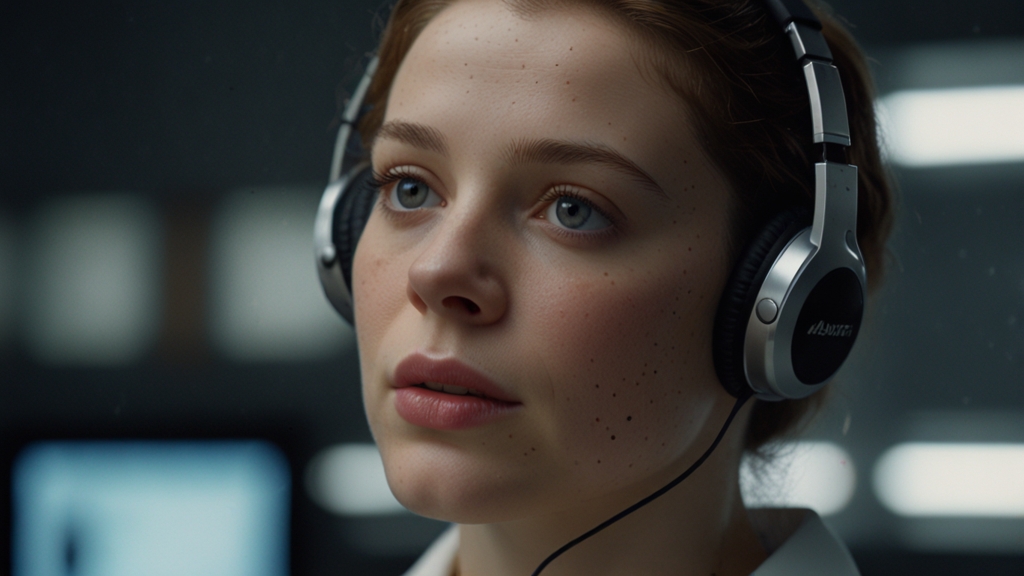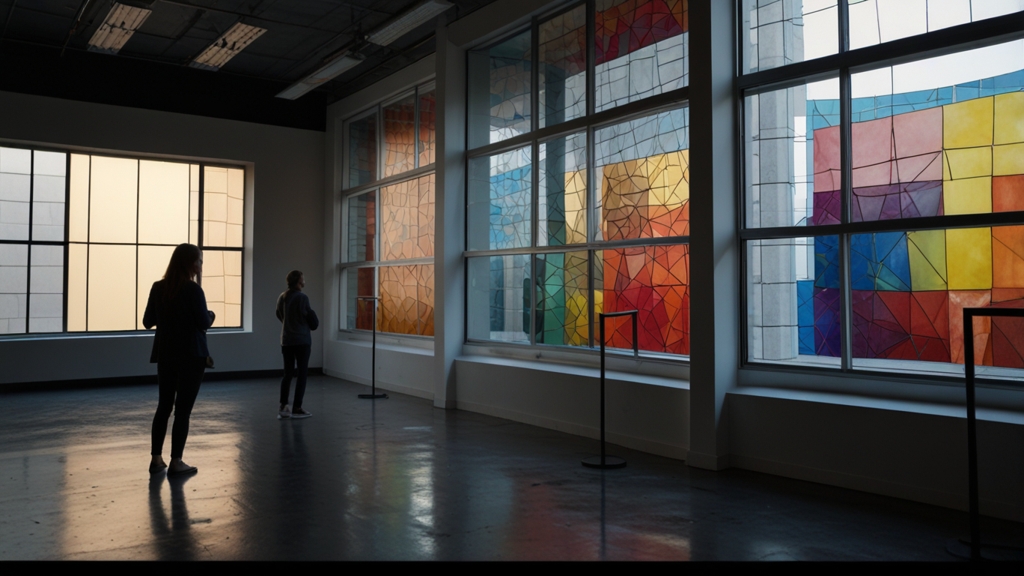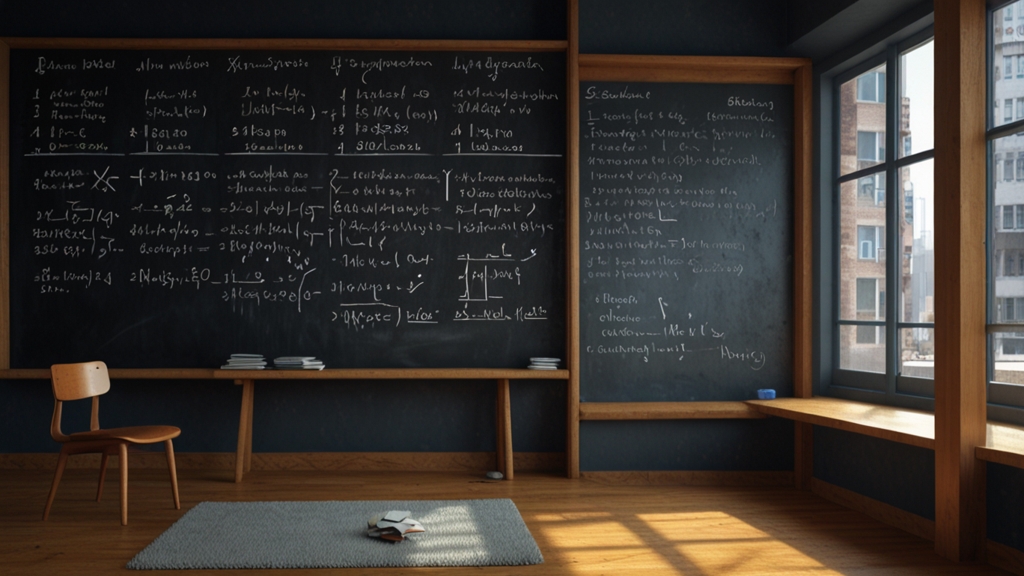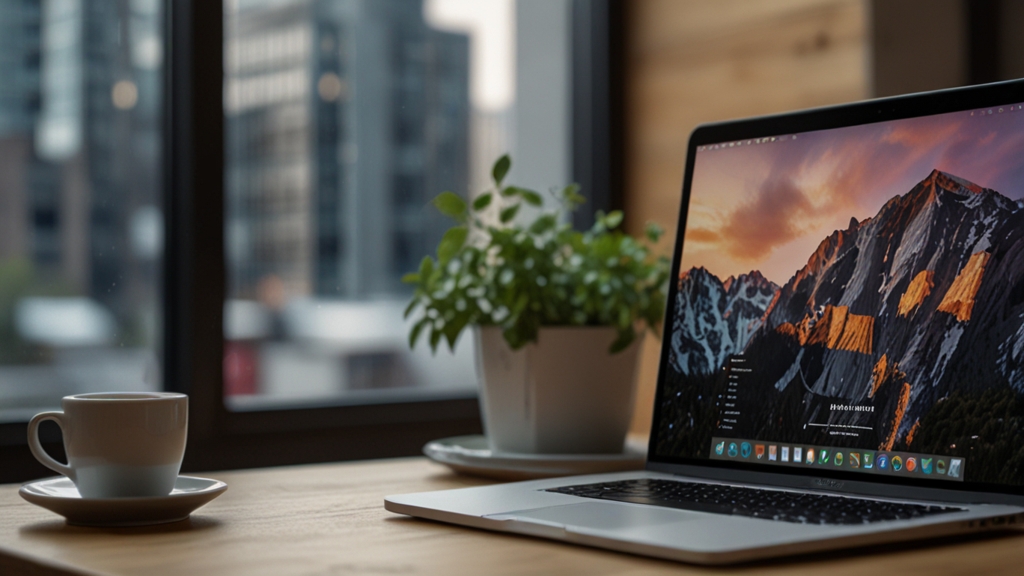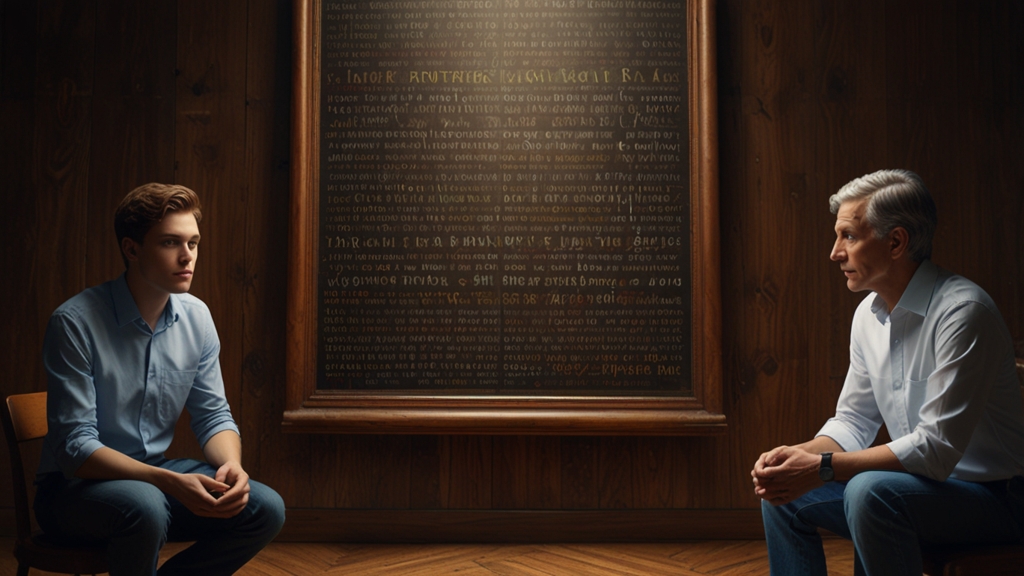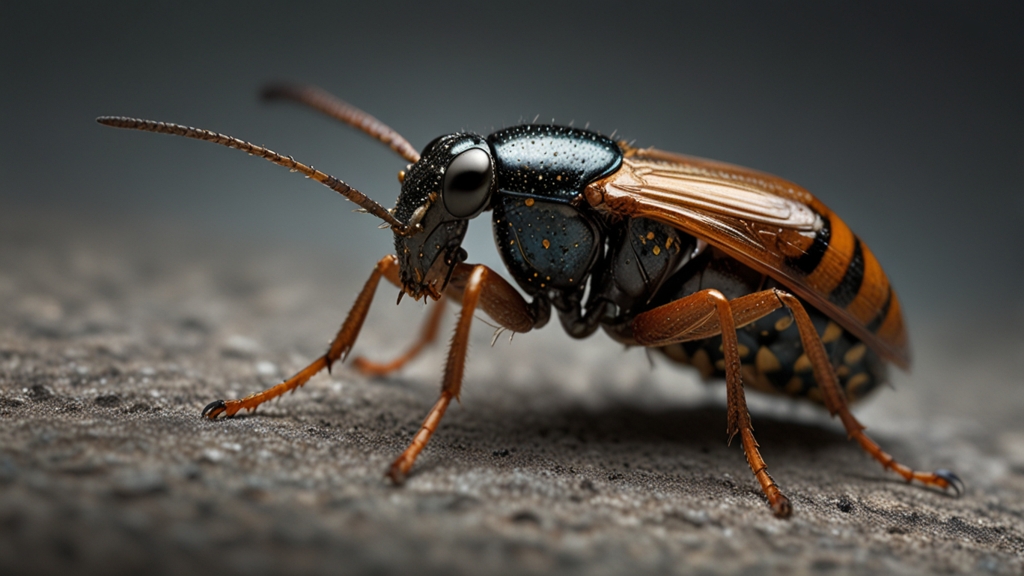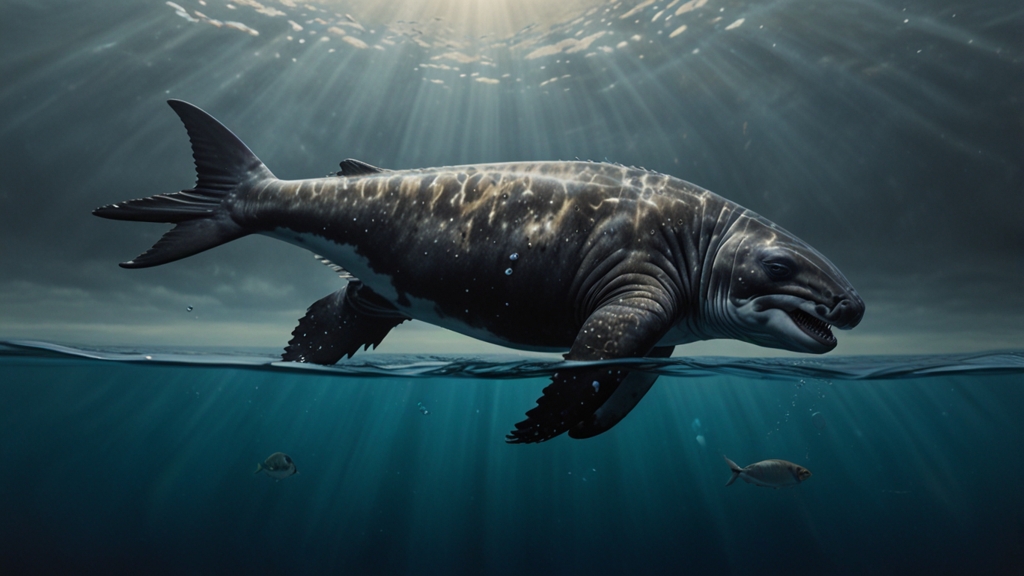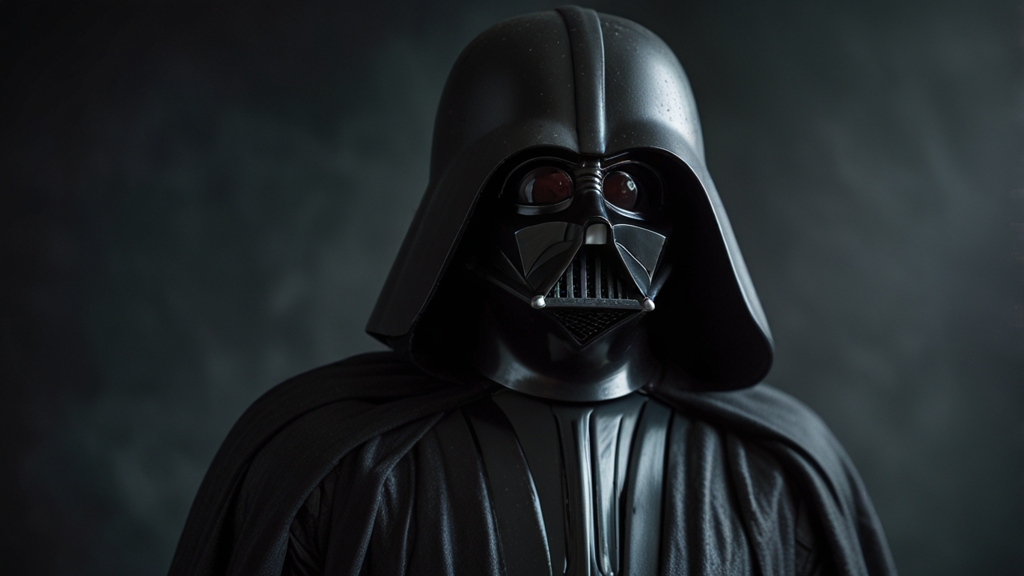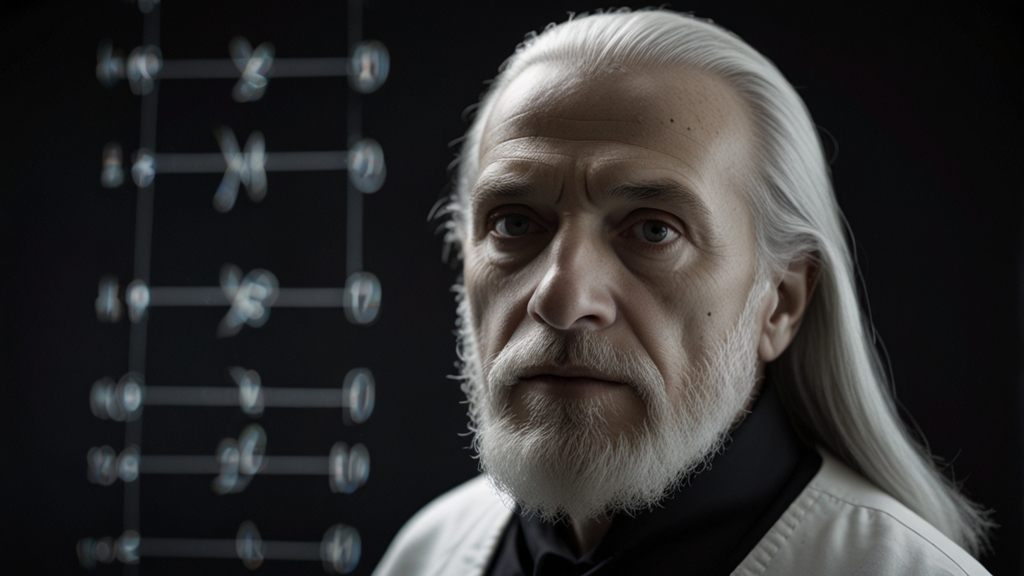How AI is Enhancing Creativity in Film and Music
The integration of Artificial Intelligence (AI) into creative industries is revolutionizing the ways films are produced and music is composed. This transformation not only enhances efficiency but also opens up new dimensions of creativity that were previously unimaginable. AI is acting as a collaborator, co-creator, and even an independent artist in some cases, pushing the boundaries of what is possible in film and music.
AI in the Film Industry
AI technology is being utilized across various stages of film production, from scriptwriting to post-production. One of the most notable advancements is in the area of special effects and CGI (computer-generated imagery). AI algorithms can now create highly realistic visual effects faster and more cost-effectively than ever before.
“AI technology is transforming what we can achieve with visual effects. It allows us to create worlds and characters with an unprecedented level of detail and realism,” says Jane Doe, a leading visual effects artist.
In addition to visual effects, AI is also being used in predictive analytics to forecast the success of a film. By analyzing vast amounts of data, including social media trends, historical box office performance, and audience preferences, AI can provide valuable insights that help filmmakers make more informed decisions.
AI-driven tools for scriptwriting are also on the rise. These tools can analyze existing scripts, identify successful narrative structures, and even suggest plot twists and character developments. While the fear of AI replacing human writers persists, these tools are increasingly seen as a means to augment human creativity rather than replace it.
AI in the Music Industry
Just as in film, AI is making significant strides in the music industry. From composing music to mastering tracks, AI is becoming an indispensable tool for musicians and producers. One of the most exciting developments is the use of AI in music composition. Algorithms can generate new compositions by learning from existing pieces of music, offering a fresh perspective and endless creative possibilities.
“AI-generated music is not just a novelty. It’s a new medium that offers unique creative opportunities. It challenges traditional notions of authorship and creativity,” says John Smith, a renowned music producer.
AI is also being used to create personalized playlists and recommend new music to listeners. By analyzing a user's listening history and preferences, AI can curate playlists that are tailored to individual tastes. This level of personalization enhances the listener's experience and helps artists reach new audiences.
Moreover, AI is revolutionizing the way music is mixed and mastered. AI-driven mastering services can analyze a track and apply the necessary adjustments to optimize sound quality. This technology makes professional-level mastering accessible to independent artists who may not have the resources to hire specialized engineers.
The Collaborative Potential of AI and Human Creativity
One of the most compelling aspects of AI in creative industries is its potential to serve as a collaborative partner. Rather than replacing human creativity, AI can augment and enhance it. By taking over repetitive and mundane tasks, AI allows artists to focus on the more nuanced and expressive aspects of their work. This collaboration can lead to the creation of more complex, innovative, and emotionally resonant pieces.
“AI is a tool, and like any tool, its value depends on how we use it. When used thoughtfully, AI can help us explore new creative horizons and push the boundaries of what we think is possible,” says Emily Johnson, a filmmaker exploring the use of AI in her work.
In conclusion, AI is undeniably enhancing creativity in film and music. By offering new tools and methods for creation, AI is helping artists break free from traditional constraints and explore new possibilities. As AI technology continues to evolve, it will be fascinating to see how it further transforms the landscapes of these industries, offering even more opportunities for innovation and expression.
